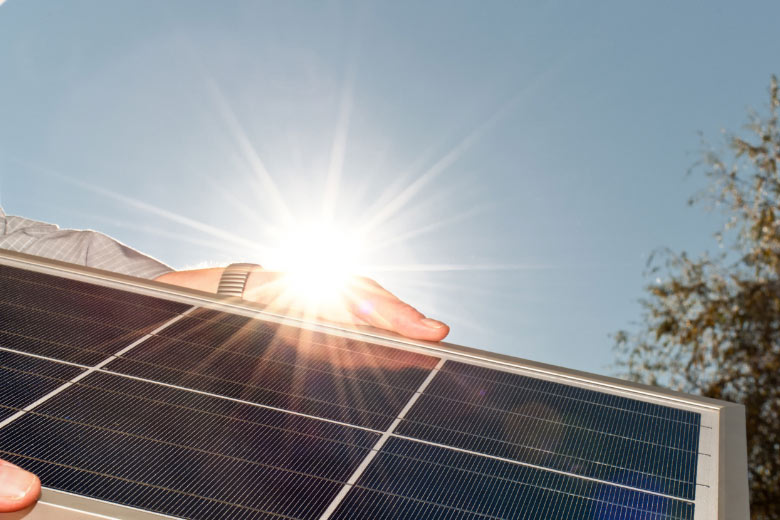PV Module Pricing – Predicting the levels to watch out for in FY22
Karan Chadha
February 2021

India’s Solar Story – Key Drivers of Growth
The remarkable growth of PV module technology and the associated decrease in module prices over the last decade (by 70-80% from 2010-2020) is the key factor in the overall growth of solar globally and in India also. As of December 2020, India had an installed base of 40+ GW of solar, growing at ~25% annually. PV module solar panels account for 55–65% of the total solar project cost. They are by far the most important component of the solar power plant. In addition, their technology has improved dramatically, resulting in better efficiency (percentage of solar irradiation converted to energy) as well as improved output capacity.Solar Module Prices – Bucking the Trend
As would be expected, it was almost a given by many industry watchers that the overall trend would be downwards for many years to come. Many developers forecast module prices and hence bid for projects under SECI and other government tenders, based on the expectation that PV module prices would continue to decline. Hence, the recent increase in PV module prices has come as a rude awakening to the industry. PV module prices have increased by 7–10% in the last 6 months. The question on everybody’s mind is, whether this price action is an aberration given the abnormality of the past year or a more permanent deviation to the norm.Rationale for increase in Module prices in 2020
Before trying to predict the future course of action, let us decode the reasons for the increase in prices – today, China controls more than 80% of the global solar supply chain, especially in key raw materials like polysilicon and glass.Keeping this in mind, the key reason for the increase in prices are listed below:
- Owing to the sudden breakout of the pandemic in H1 2020 globally, a large portion of the demand shifted to H2 2020.
- Polysilicon supply shortage due to an explosion accident at a large supplier (GCL) and a new virus outbreak in the Xinjiang province (which is a key supply market) –resulting in a 50%+ increase in prices
- Significant glass shortage due to technology transition and slower ramp-up of new capacity
- Increase in other key commodities like Silver and Aluminium
- Increased transportation costs– the pandemic hampered regular movement of ships and containers
- Devaluation of the US$ compared to the Chinese Yuan
Outlook on Solar Module Prices in FY22
It is any one's guess on when some of the conditions mentioned above could reverse. Issues related to raw material supply and capacity should be addressed soon, given the isolated nature of the incidents. This is obviously assuming that the pandemic is largely behind us. Commodity cycle trends would have a longer lasting impact and create resistance to lower prices.The technology cycle for PV modules will be beneficial with new technologies like bi-facial, 500+ Wp modules becoming mainstream in coming months. Solar PV manufacturing is a capital-intensive business and governments globally and domestically, are expected to give incentives to localize manufacturing and increase capacities. With the ramp up of capacities and the new technology cycle, we should see a mean reversion to past trends. The big elephant in the room will always remain the sudden imposition of trade barriers in the form of duties, which can easily upset all calculations.
In conclusion, the short-term is unpredictable but in our view, the overall long-term trend of solar as the most cost-effective way of producing energy is irreversible. We at Fourth Partner Energy continue to ensure efficient operations and procurement – thereby assuring that our value proposition to the customer is not just preserved, but enhanced.